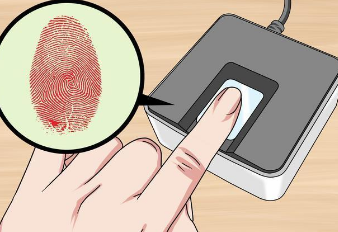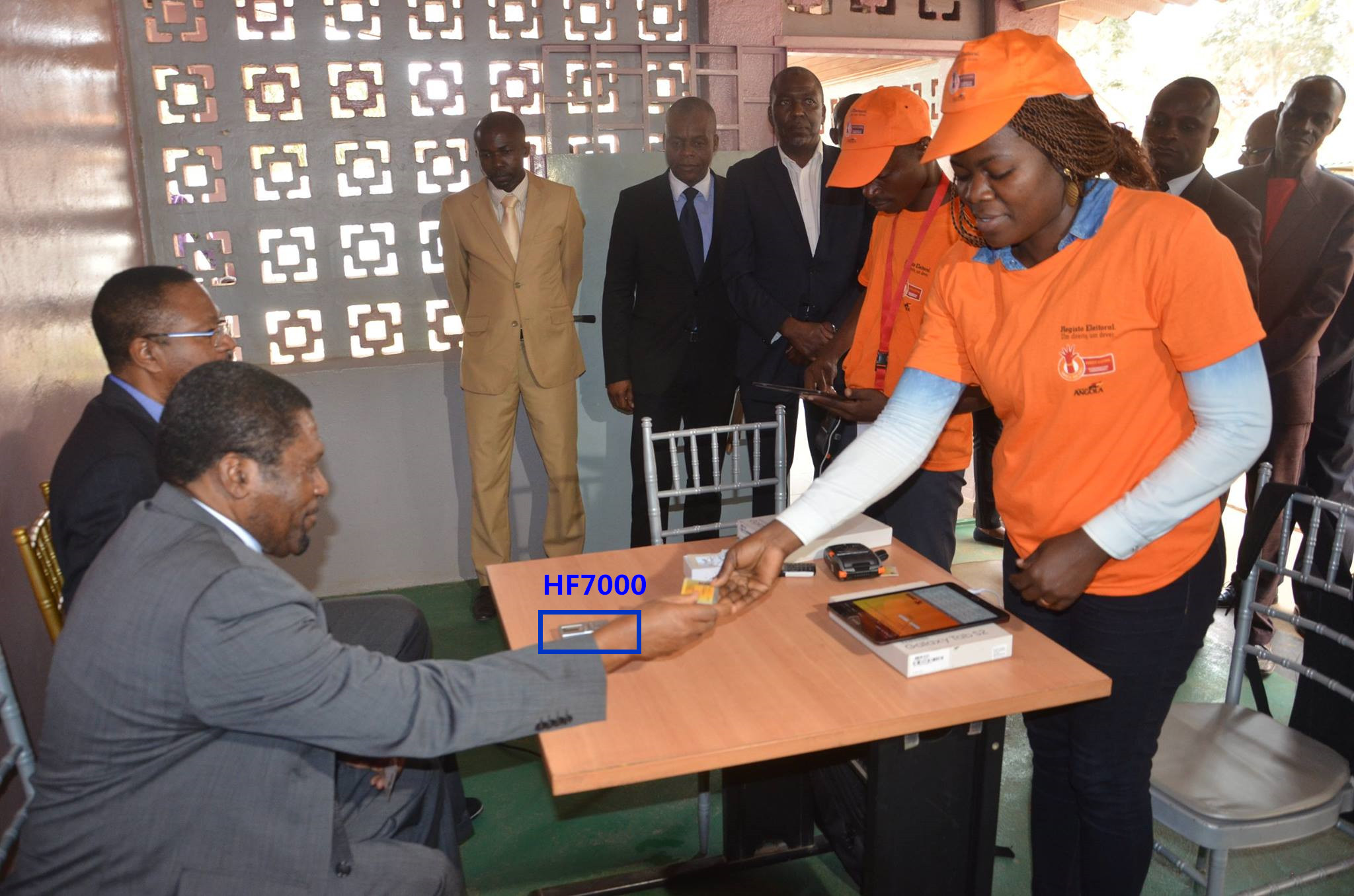A fingerprint reader, also known as a fingerprint scanner, works by capturing an image of a person’s fingerprint and then using that image to create a digital template. The digital template is then compared to a database of existing templates to determine if there is a match.

Here is a brief overview of how a fingerprint reader works:
When a finger is placed on the scanner, the reader captures an image of the fingerprint using optical or capacitive sensors.
The captured image is then converted into a digital template by analyzing the ridges, valleys, and minutiae points of the fingerprint.
The digital template is then compared to a database of existing templates to determine if there is a match.
If the template matches an existing one, the person is verified and granted access or allowed to perform a specific action. If there is no match, access is denied.
Fingerprint readers can be used for a variety of purposes, including access control, identification, and authentication. They are considered to be a secure and reliable way to verify a person’s identity, as each person’s fingerprint is unique and cannot be replicated.

Fingerprint scanner devices have several uses in registration processes:
1. Identity Verification: Fingerprint scanners help to verify an individual’s identity during registration. Since fingerprints are unique to each person, they can be used to accurately match individuals with their records.

HFSecurity Fingerprint scanner use in E-voting
2. Enhancing Security: Integrating fingerprint scanners in registration systems helps enhance security by ensuring that only authorized individuals can access and share sensitive information, facilities, or services.
3. Preventing Fraud: Fingerprint scanning can prevent fraud by making it more difficult for unauthorized individuals to access or manipulate data, create fake identities, or misrepresent themselves during registration processes.
4. Speed and Efficiency: Fingerprint scanners can quickly and accurately identify individuals during registration, resulting in shorter waiting times and a smoother overall process.
5. Record-Keeping: Fingerprint scanners can be used to maintain digital records of individuals, streamlining registration processes and centralizing data storage.
6. Time and Attendance Tracking: In an employment or educational setting, fingerprint scanners can be used to track employees or students’ time and attendance, ensuring accurate records and helping manage schedules and resources.
7. Access Control: Fingerprint scanners can be used to manage access to restricted areas, such as restricted facilities, private rooms, or secure areas within a building.
8. Integration with Other Systems: Fingerprint scanning devices can be integrated with other registration systems, such as facial recognition or smart cards, to create a multi-factor authentication process for greater security.
9. Reducing Human Error: Using fingerprint scanners in the registration process eliminates the need for manual data entry, thus reducing the chances of errors and improving overall accuracy.
10. Better User Experience: Fingerprint scanning technology is increasingly seen as a more convenient alternative to other methods of identification, providing individuals with a seamless and hassle-free registration experience.



